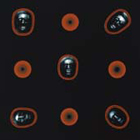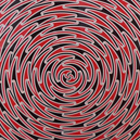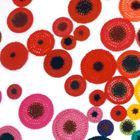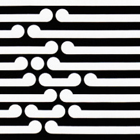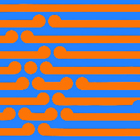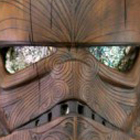MAORI ART
Traditional Māori art was characterised by an integration of form and function. Objects were made to serve a primarily practical or symbolic purpose. They gave visual form and shape to cultural belief systems and expressed spiritual ideas in natural materials such as wood, stone, bone and flax. There was a preference for making an object from a single piece of material which largely determined the form of a sculpture. Communal effort characterised the art-making process, although art works produced by tohunga (expert practitioners) were highly valued.The effects of European colonisation changed the social and political role of the art-maker. The function of art changed from a primarily spiritual role to protest against change and an assertion of Māori identity and beliefs.
During the 1960s and 70s a strong resurgence of Māori nationalism and culture developed alongside a growing political voice and demand for the honouring of the Treaty of Waitangi. The Te Maori exhibition of 1984, which featured traditional Māori artwork and was exhibited at the Metropolitan Museum of Art in New York, helped foster a greater appreciation of Māori arts and culture back in New Zealand.
Many young artists responded to their Māori heritage, urban situation and Western education by producing works which were intended as a synthesis of Māori and European art forms and practices. In particular they drew from the ‘primitivism’ and abstraction of European art, which employed symbolic patternmaking and geometric design – also features of Māori art. Māori artists added their own twist to international modernism and experimented with the materials and techniques of Western art.
While the media, techniques and often styles were derived from Western art, the subject matter, themes and motifs of the art works reflect Māori belief systems and experiences. Artists affirmed Māori values and dealt with social and political issues concerning Māori in their work. Their efforts resulted in ‘hybrid’ art works which attracted a mixed response. Some Māori traditionalists saw such works as sacriligious. Other commentators believed they showed that Māori artists were dependent on, and controlled by, European culture.
Questions about what constitutes ‘Māori art’ continue to be asked. Is it art which uses Māori themes, subjects or motifs? Can Māori art be made by Pākehā? Can only traditional art forms such as carving or weaving be called Māori art?

